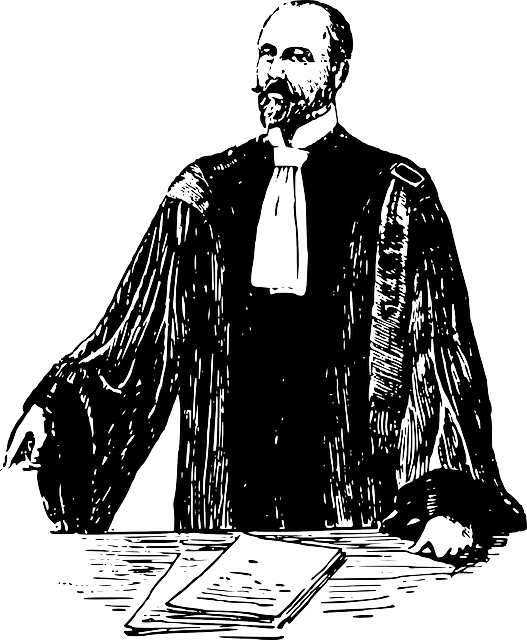Bicycle accident head injuries vary from mild concussions to severe traumatic brain injuries (TBI), requiring immediate medical attention for improved recovery and preventing long-term needs for nursing home care. These injuries often lead to substantial rehabilitation and potential injury compensation claims. Accurately identifying type and severity is crucial for effective treatment, as symptoms range from temporary headaches to chronic issues. Early intervention, dedicated care, and support networks are key to optimal outcomes, which may include physical and cognitive disabilities despite possible recovery.
In the event of a bicycle accident, head injuries pose significant risks and can lead to various types of brain damage. Understanding these potential consequences is crucial for both riders and medical professionals. This article delves into the intricacies of bicycle accident head injuries, exploring their types, degrees of severity, and long-term impacts. By understanding these factors, individuals can better navigate recovery possibilities and promote safety on the roads.
- Understanding Bicycle Accident Head Injuries
- Types and Degrees of Brain Damage
- Long-Term Impact and Recovery Possibilities
Understanding Bicycle Accident Head Injuries

Bicycle accidents can result in a range of injuries, but head injuries are particularly concerning due to their potential for severe and long-lasting effects. Understanding bicycle accident head injuries is crucial for both cyclists and those responsible for their care, such as family members or nursing home staff. These injuries can vary from mild concussions to life-threatening traumatic brain injuries (TBI), depending on the force of impact and various other factors.
Recognizing the signs of a potential head injury after a bicycle accident is essential. This includes symptoms like dizziness, headaches, nausea, confusion, or any unusual behavior changes. In cases where someone experiences loss of consciousness, even for a brief moment, immediate medical attention is necessary. Prompt treatment can significantly impact recovery outcomes and reduce the risk of long-term disabilities, including cognitive impairments and chronic pain conditions, which may lead to significant nursing home neglect issues if care needs increase dramatically. Serious injuries resulting from bicycle accidents often require substantial rehabilitation and can result in substantial injury compensation claims.
Types and Degrees of Brain Damage

Brain damage resulting from a bicycle accident head injury can manifest in various types and degrees, each with its own set of implications. Mild traumatic brain injuries (mTBI), often characterized by brief loss of consciousness or disorientation, may not show immediate symptoms but can lead to long-term cognitive issues such as memory problems, difficulty concentrating, and headaches. More severe injuries, classified as moderate or severe TBI, involve prolonged loss of consciousness, seizure activity, and potentially life-threatening complications. These cases often result in significant physical, cognitive, and emotional impairments, impacting daily functioning and requiring extensive medical intervention.
Understanding the specific type and degree of brain damage is crucial for determining appropriate treatment and rehabilitation strategies. While recovery from mTBI may be relatively swift, moderate to severe injuries can leave lasting neurological scars, necessitating ongoing support and accommodations. Furthermore, in cases involving bicycle accident head injuries, insurance disputes and breaches of fiduciary duty can complicate the road to recovery for victims who are already facing significant physical and mental challenges, highlighting the importance of seeking legal guidance.
Long-Term Impact and Recovery Possibilities

The long-term impact of a bicycle accident head injury can vary widely, depending on the severity and specific nature of the trauma. While some individuals may experience temporary symptoms like headaches or dizziness that subside with rest and proper care, others might face chronic issues that require ongoing management. Concussions, for instance, can lead to post-traumatic headache disorders, cognitive impairments, and even mood disturbances if not properly treated. In more severe cases of bicycle accident head injury, individuals may struggle with physical and cognitive disabilities that significantly impact their daily lives.
Recovery from a bicycle accident head injury is possible, but it often requires dedicated medical care and support. This can include physical therapy to regain strength and mobility, occupational therapy to improve daily living skills, and neuropsychological interventions to address cognitive deficits. In some cases, individuals may need to adapt to new ways of functioning or rely on assistive technologies to enhance their independence. While complete recovery is not always achievable, early intervention, consistent care, and a strong support network can significantly improve long-term outcomes for those who suffer a head injury in a bicycle accident, whether due to nursing home neglect, personal incidents, or real estate disputes, ensuring they receive the necessary accident compensation when required.
A bicycle accident can result in severe head injuries with potentially life-altering consequences. Understanding the risks, types, and degrees of brain damage is crucial for cyclists and medical professionals alike. While long-term recovery is possible, navigating the complexities of these injuries requires prompt medical attention and ongoing support. By recognizing the dangers and promoting safety measures, we can reduce the occurrence of bicycle accident head injuries and ensure better outcomes for those affected.





